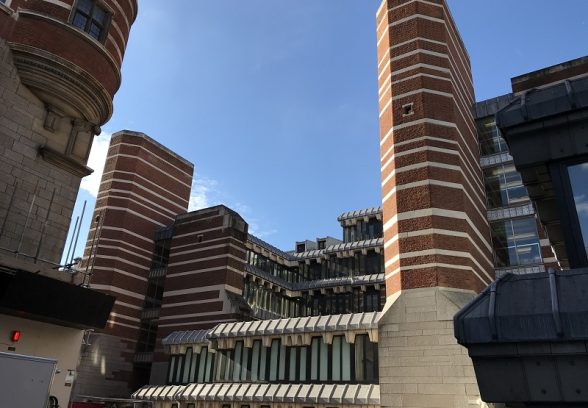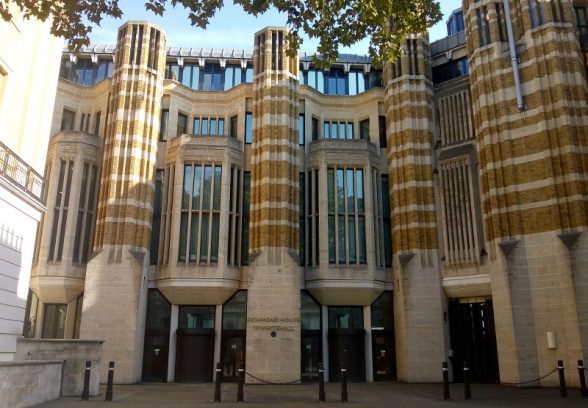This website uses cookies
This website uses cookies to enable it to function properly and to analyse how the website is used. Please click 'Close' to accept and continue using the website.




Update, 10 May 2019: Catherine Croft’s letter to the Editor of the Times has been printed today
Sir, Your leading article on the need to renovate the Palace of Westminster (May 9) asserts that demolition of Sir William Whitfield’s Richmond House is a necessary sacrifice because it “has no great aesthetic merit, symbolic value or public standing”. Many strongly disagree. C20 Society, SAVE Britain’s Heritage, and government’s own advisers, Historic England, all think it is a really important public building. Richmond House can and should be kept, and the Commons should be provided with a temporary home elsewhere (there are several possible options). Most importantly, the architectural and historic interest of Richmond House was assessed just three and a half years ago, and it was listed at Grade II* . This means that the government knows it is of “outstanding” significance.
Richmond House was condemned “on the grounds that it would cause the least disruption and was likely to be the most cost effective”. The purpose of identifying buildings by listing is to make sure that owners think laterally and come up with imaginative alternative solutions to demolishing them. Government makes all other owners do this, but is giving Parliament an easy ride, and squandering an irreplaceable part of our recent heritage.
Catherine Croft, Director, Twentieth Century Society
***
News story, 8 May 2019
The publication of the plans today confirm our worst fears as they clearly show the almost total destruction of Richmond House, a Grade II* listed building. Richmond House is by Sir William Whitfield who died on 16 March this year at the age of 98. The listing confirms that it is an outstanding historic building and was one of the first Post-Modern buildings to be listed in the country. The proposals retain nothing of substance of one of the most significant Twentieth Century buildings.
Clare Price, Head of Casework at the Twentieth Century Society said ‘Parliament should be setting a good example and not demolishing its own listed buildings whilst requiring others to preserve theirs. The reason demolition is proposed is to allow construction of a temporary Commons Chamber while the Palace of Westminster is renovated. Parliament has known for a very long time that they were going to have to plan carefully to keep costs to a minimum and ensure that the essential work of parliament was not disrupted.’
Catherine Croft, Director of the Twentieth Century Society said: ‘It was blatantly obvious from even a cursory assessment that there was no hope of fitting the temporary chamber on this site without demolishing almost all of Richmond House. Both the Twentieth Century Society and SAVE Britain’s Heritage have pointed this out. Parliament needed to take a much more radical and imaginative approach to this problem. Had they relocated to an out of London site or relocated in a park or other open space this wanton destruction could have been avoided and the overall costs of the project could have been reduced.’
What’s good about the William Whitfield Building?
The strength of Whitfield’s Richmond House is the way he designed it to respond to its context and made sense of the Northern Estate as a whole. It is particularly strong in the way it blends both the styles of the Norman Shaw buildings and the Georgian Richmond Terrace façade. The front façade is merely a glimpse of the quality behind. The interiors are carefully crafted using high quality materials referencing both Charles Rennie Mackintosh and Lutyens, the designer of the Cenotaph opposite.
Grade II* listed buildings form only 5.5% of all listed buildings in the country and 1980s buildings of this grade are astoundingly rare, making this one of the most significant of its date in the UK. It deserves better treatments by the government both as the guardian of heritage.
For more information please contact Clare Price or Catherine Croft on 020 7250 3857.

Become a C20 member today and help save our modern design heritage.